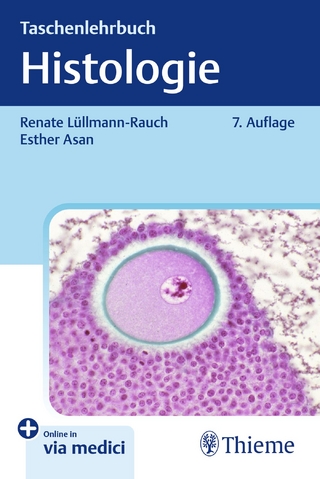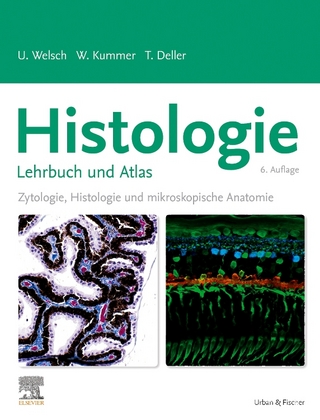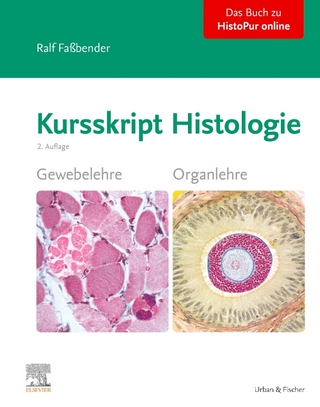
The Nature and Origin of Amyloid Fibrils
John Wiley & Sons Ltd (Verlag)
978-0-471-96361-5 (ISBN)
- Titel ist leider vergriffen;
keine Neuauflage - Artikel merken
The term amyloid fibril refers to a protein that has self-assembled into an insoluble antiparallel beta-pleated sheet quaternary structure. This process is known as amyloidogenesis, and in combination with other non-protein components these fibrils give rise to the amyloid plaques that are seen in a number of pathological processes. As recently as 25 years ago, amyloid fibrils were thought to represent a single protein entity on the basis of their unique morphological and protein-organizational characteristics. Subsequently it has been shown that a number of different amyloid proteins exist so far almost 20 have been identified, each associated with a particular disorder. Among these, beta-amyloid forms plaques in the brains of individuals with Alzheimer's disease and Down's syndrome, transthyretin is responsible for familial amyloid polyneuropathies and cardiomyopathies, and prion protein is implicated in transmissible spongiform encephalopathies. Despite their pathological significance, the fundamental questions of how amyloid fibrils form and why they are not degraded are still largely unsolved.
This book brings together scientists working on different amyloidoses to discuss these questions and to examine how an understanding of amyloidogenesis might contribute to the development of therapeutic interventions.
The Molecular Structure of Famililal Amyloidotic Polyneuropathy Amyloid Fibrils; Refined Fibril Structures: The Hydrophobic Core in Alzheimer's (-amyloid and Prion as Revealed by X-ray Diffraction; Modulating Factors in Transthyretin Amyloid; Proteoglycans and Amyloid Fibrillogenesis; Molecular Mechanisms of Fibrillogenesis and the Protective Role of Amyloid P Component - Two Possible Avenues for Therapy; Metabolism of Amyloid Proteins; Alzheimer's Disease: Genesis of Amyloid in vivo and in vitro; Amyloidogenesis and Apolipoproteins; Sequestration of Amyloid ( Protein and Prevention of Amyloid Formation; Amyloid and Polymers of the Scarpie Prion Protein; Ageing and Fibrillogenesis - Lessons from Apolipoprotein A-1, Transthyretin and Islet Amyloid Polypeptide; The Mechanisms of Transthyretin Amyloid Fibril Formation.
| Erscheint lt. Verlag | 19.8.1996 |
|---|---|
| Reihe/Serie | Ciba Foundation Symposium ; v. 199 |
| Zusatzinfo | Illustrations |
| Verlagsort | Chichester |
| Sprache | englisch |
| Maße | 156 x 236 mm |
| Gewicht | 560 g |
| Themenwelt | Studium ► 1. Studienabschnitt (Vorklinik) ► Histologie / Embryologie |
| Studium ► 1. Studienabschnitt (Vorklinik) ► Physiologie | |
| Studium ► 2. Studienabschnitt (Klinik) ► Pathologie | |
| Naturwissenschaften ► Biologie ► Humanbiologie | |
| ISBN-10 | 0-471-96361-5 / 0471963615 |
| ISBN-13 | 978-0-471-96361-5 / 9780471963615 |
| Zustand | Neuware |
| Haben Sie eine Frage zum Produkt? |
aus dem Bereich


